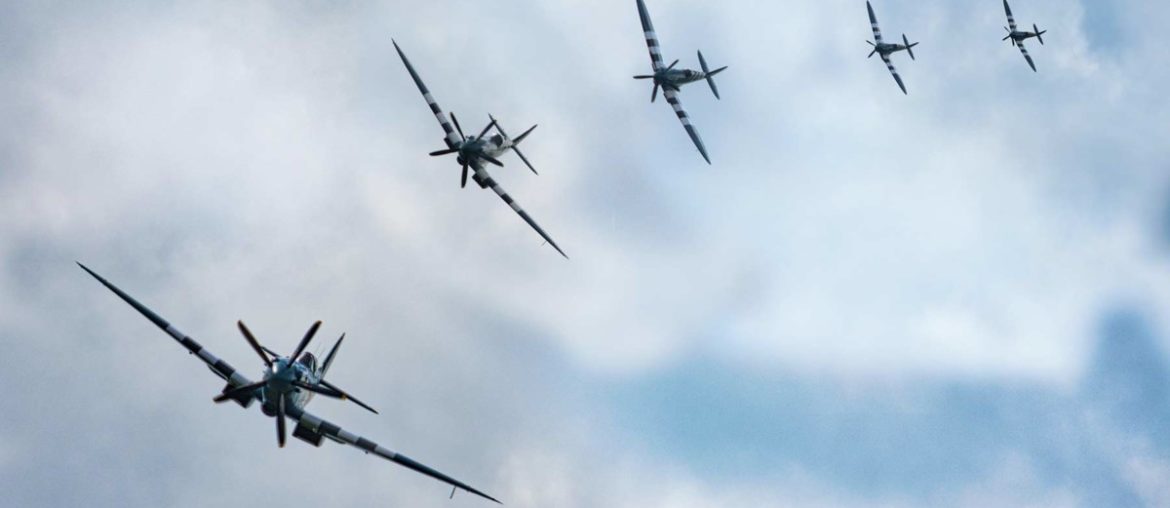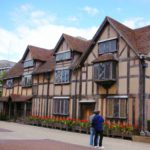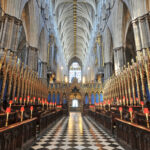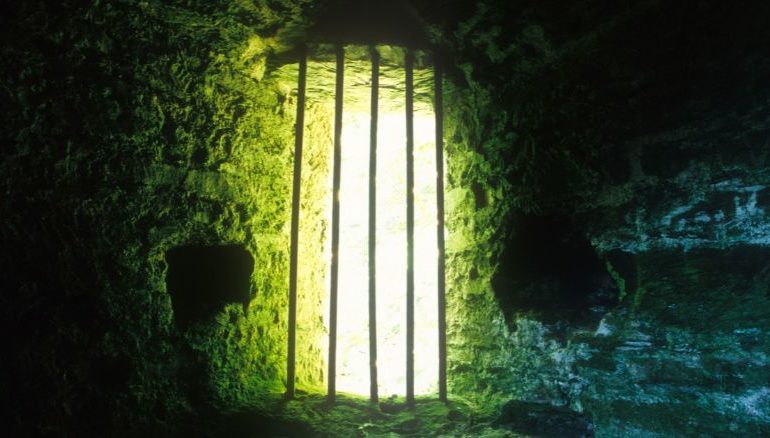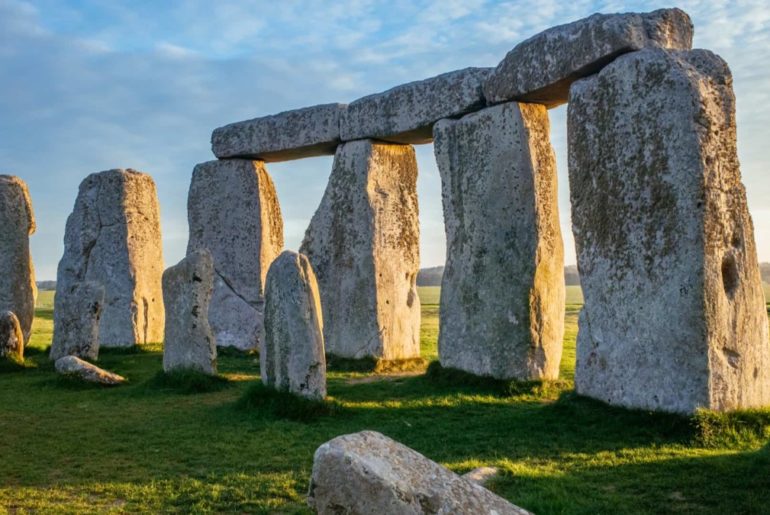The Battle of Britain, fought between July and October 1940, lives on in infamy as one of World War II’s most decisive Allied victories. For the British, the stakes could not have been higher.
Battle of Britain’s Highlights:
- Date: July 10 – October 31, 1940
- Opponents: Nazi Germany (Luftwaffe) vs. Britain (Royal Air Force – RAF)
- Objective: Germany wanted to destroy the RAF to pave the way for an invasion of Britain (Operation Sea Lion).
Had the Royal Air Force (RAF) failed to push back the advancing Luftwaffe, the outcome of WW2 would have been very different. Let’s break down the historic battle and look at some of the key events of our nation’s greatest hour.
The advancing Nazi war machine
By July 1940, Hitler had successfully invaded much of Europe, taking control of the Netherlands, Belgium, Luxembourg and, of course, France. The next target? Great Britain.
Once Britain had fallen and was under Nazi power, the conquest of Western Europe would be realised. Fortunately for the British, the Nazis would need air and sea superiority to launch a successful land invasion of the United Kingdom.
The lead-up to the Battle of Britain
In early July 1940, the first phase of the German air attack focused on shipping in the English Channel. British ships were targeted ruthlessly until the Nazis had complete control of the narrow stretch of water between England and France.
Radar for the win… literally
In August 1940, Phase Two involved an attack on coastal areas around southern England. The Luftwaffe bombed Britain’s newly invented and highly secretive radar stations, desperately trying to weaken the British’s ability to see them coming.
Although successful in temporarily neutralising many radar stations, Hitler’s intelligence failed to report back how quickly the bombed sites were put back into action. Within days, a bombed radar station was working again, giving the RAF real-time information on the location of the Luftwaffe bombers.
Keep calm and carry on
Phase three involved repeated attacks on key British airfields. German intelligence reported to Hitler that the RAF was at its breaking point, but astonishingly, the defences were withheld. British grit was showing its face once again.
Frustrated and angry at the lack of progression, Hitler ordered the heavy bombing of British towns to put pressure on the UK to sue for peace. It failed.
Aircraft made famous in the Battle of Britain
The Allies had two main fighter aircraft, the most famous being the Spitfire. Although synonymous with the Battle of Britain, the Hurricane shot down more German planes.
The two German fighters to see the most action over England were the 109 and 110 Messerschmitts. These planes were said to have more firepower – a reluctance to push them as hard may have contributed to their comparative ineffectiveness in battle.
Efficiency on the battlefield
The RAF had the major advantage of fighting over home turf. If a pilot was shot down, he could bail out and jump straight into another plane.
German pilots, on the other hand, would be captured or killed on site. British planes could also return to base for repairs and refuelling faster than the Germans, meaning a lower turnaround time between flights.
A victory for the Commonwealth
The Battle of Britain should possibly be remembered as The Battle of the Commonwealth because although the battle took place above England, many brave souls who fought and died in the battle weren’t British.
Many were from Commonwealth countries such as Canada, Australia, South Africa and New Zealand. In addition, many of the pilots were expatriate pilots from Poland and the Czech Republic. Defeating the Nazis in the Battle of Britain was truly a team effort.
Fascinating facts about the Battle of Britain
- It was the first major military campaign in history fought exclusively by air forces
- Churchill famously said: “Never in the field of human conflict was so much owed by so many to so few.” Referring to the small number of RAF pilots who defended Britain
- The RAF wasn’t just British. It included pilots from:
- Poland
- Canada
- New Zealand
- Czechoslovakia
- South Africa
- Belgium, France, and even the US (volunteers)
- Hitler believed Britain would surrender easily after France fell. He didn’t expect fierce resistance or strength from RAF defences.
- While women didn’t fly in combat, they were essential as plotters, radar operators, and Women’s Auxiliary Air Force (WAAF) members.
- Initially, Germany targeted RAF airfields and infrastructure. But after a retaliatory British bombing of Berlin, Hitler shifted focus to bombing cities, especially London (The Blitz). This gave the RAF a much-needed break to recover.
- British squadrons used a system of “Big Wing” formations, surprise attacks, and clever dispersal of planes and personnel to minimise losses and maximise impact.
- Germany likely would have invaded the UK if Britain had lost the battle. There were real fears of occupation, so this was a matter of life or death for the British.
- Britain’s victory marked the first significant defeat of Hitler’s military forces, a huge morale booster for the Allies.
Pursue your British wartime exploration with our insightful guided tours to Dover Castle and our London attractions, Churchill War Rooms and HMS Belfast.

